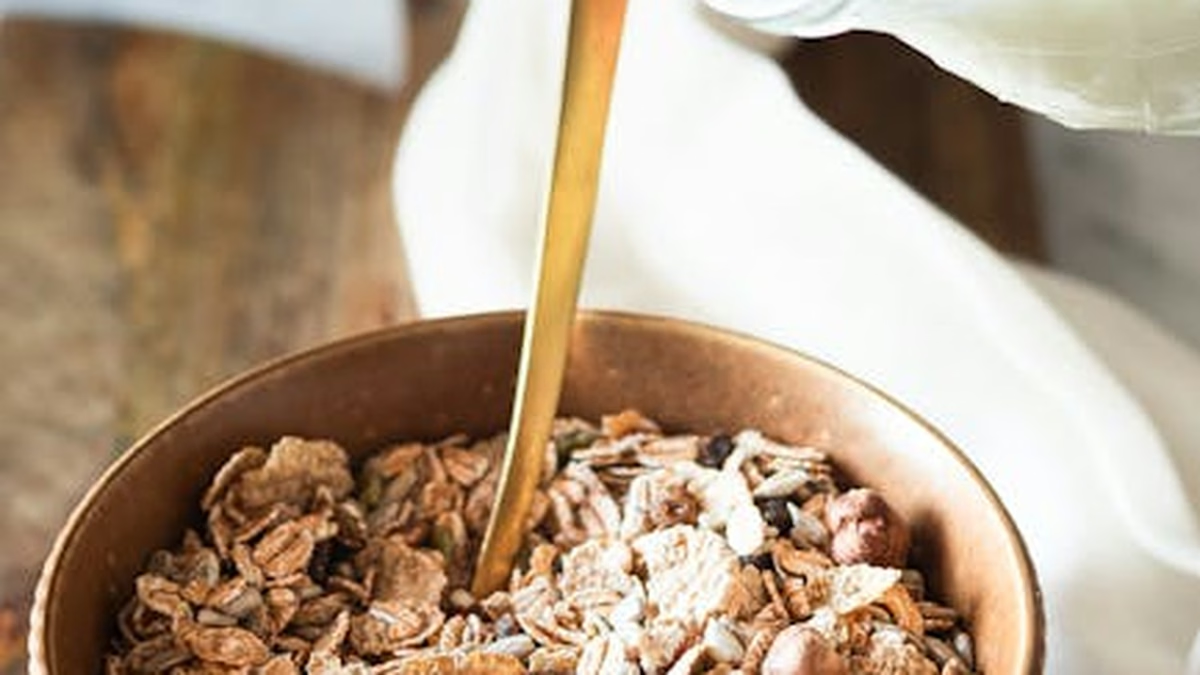The Unsung Hero in Your Kitchen: Embracing Fiber
Imagine a tiny, invisible army working tirelessly inside your body, fighting off disease, keeping your gut happy, and helping you feel fantastic. That’s the power of fiber! Often overlooked, this nutritional powerhouse is more than just a digestive aid; it’s a cornerstone of vibrant health, impacting everything from your weight to your mood. It’s time we truly appreciated and understood the incredible benefits this dietary champion offers. It’s time to make fiber your friend.
The Gut-Health Connection: Where Fiber Shines
Your gut is like a bustling city, teeming with trillions of bacteria – both good and bad. Fiber acts as a food source for the beneficial bacteria, helping them thrive and create a balanced ecosystem. This balanced gut flora is crucial for:
- Improved digestion: Fiber adds bulk to your stool, making it easier to pass and preventing constipation.
- Enhanced nutrient absorption: A healthy gut lining allows your body to absorb essential vitamins and minerals more efficiently.
- Boosted immunity: A significant portion of your immune system resides in your gut. A fiber-rich diet helps keep your immune cells strong and ready to defend against invaders.
Think of fiber as fertilizer for your inner garden. A thriving garden leads to a healthier, happier you!
Soluble vs. Insoluble Fiber: What’s the Difference?
Not all fiber is created equal. There are two main types: soluble and insoluble. Each plays a unique role in promoting gut health.
- Soluble fiber: Dissolves in water, forming a gel-like substance that slows down digestion, helps regulate blood sugar levels, and lowers cholesterol. Great sources include oats, beans, apples, and citrus fruits.
- Insoluble fiber: Doesn’t dissolve in water, adding bulk to your stool and promoting regular bowel movements. Found in whole grains, vegetables, and wheat bran.
A balanced diet includes both types of fiber to maximize their combined benefits.
Also Read: Eating Late at Night? Here’s What It Really Does to Your Body
Fiber and Weight Management: Your Natural Ally
Struggling to maintain a healthy weight? Fiber can be a game-changer. Its ability to promote satiety – that feeling of fullness – helps you eat less and stay satisfied for longer. Here’s how it works:
- Increased fullness: Fiber expands in your stomach, signaling to your brain that you’re full.
- Reduced calorie intake: By feeling fuller, you’re less likely to overeat.
- Stabilized blood sugar: Fiber helps regulate blood sugar levels, preventing those energy crashes and cravings that can lead to unhealthy snacking.
Adding fiber-rich foods to your diet is a simple, sustainable way to manage your weight without feeling deprived. Focus on whole, unprocessed foods for the best results.
Heart Health and Fiber: A Winning Combination
Protecting your heart is one of the best investments you can make in your long-term health. And fiber plays a crucial role in keeping your cardiovascular system strong. Soluble fiber, in particular, has been shown to:
- Lower cholesterol levels: By binding to cholesterol in the digestive tract, fiber helps prevent it from being absorbed into the bloodstream.
- Reduce blood pressure: Some studies suggest that a high-fiber diet can contribute to lower blood pressure.
- Decrease the risk of heart disease: By improving cholesterol levels and blood pressure, fiber helps reduce your overall risk of developing heart disease.
Think of fiber as a shield for your heart, protecting it from the damaging effects of high cholesterol and blood pressure.
Incorporating More Fiber into Your Diet: Simple Steps
Adding more fiber to your diet doesn’t have to be complicated. Here are a few easy ways to boost your intake:
- Start your day with a high-fiber breakfast: Oatmeal, whole-grain toast, or a smoothie with added fruits and vegetables are great options.
- Choose whole grains over refined grains: Opt for brown rice, quinoa, and whole-wheat bread instead of white rice and white bread.
- Eat plenty of fruits and vegetables: Aim for at least five servings a day. Leave the skins on apples, pears, and potatoes for extra fiber.
- Add legumes to your meals: Beans, lentils, and chickpeas are excellent sources of fiber and protein.
- Read food labels: Pay attention to the fiber content of packaged foods and choose options with at least 3 grams of fiber per serving.
Gradually increase your fiber intake to avoid digestive discomfort. And remember to drink plenty of water to help the fiber do its job effectively.
Beyond the Physical: The Emotional Benefits of Fiber
While the physical benefits of fiber are well-documented, its impact on your emotional well-being is often overlooked. A healthy gut, supported by a fiber-rich diet, can contribute to:
- Improved mood: The gut-brain connection is a two-way street. A healthy gut can positively influence your mood and reduce feelings of anxiety and depression.
- Increased energy levels: By stabilizing blood sugar and improving nutrient absorption, fiber can help you feel more energized throughout the day.
- Reduced stress: A balanced gut microbiome can help regulate stress hormones, making you more resilient to stress.
Nourishing your body with fiber is an act of self-care that can have a profound impact on your overall well-being.
Your Journey to a Healthier You Starts Now
Fiber isn’t just a nutrient; it’s an investment in your future. It’s a simple yet powerful tool that can help you achieve a healthier, happier, and more vibrant life. By embracing fiber as your ally, you’re taking a proactive step towards protecting your heart, nourishing your gut, managing your weight, and boosting your overall well-being. So, fill your plate with colorful fruits, vegetables, and whole grains, and embark on a journey towards a healthier, more fulfilling you. The power is in your hands – and on your plate!





